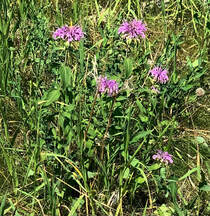
In my home garden, the following native pollinator plants also grew well, but I have to admit I watered the beds once or twice during the hottest period. Here is their status in mid-July:
- Wild Blue Flax – finished blooming
- Bergamot / Beebalm – blooms fading
- Gaillardia / Blanketflower – mid- to late summer
- Yellow Coneflower – thrives on dry, poor soil
- Asters – purple flowers typically in late summer to fall
- Giant Hyssop – early summer to fall flowering
- Stiff Goldenrod – late summer to fall bloomer
- Early Blue Violet – flowers in April / May
- Pussytoes – finished flowering and has fluffy seed heads now
- Fireweed - not recommend due to it’s spreading / aggressive nature
- Yarrow – a fairly aggressive plant that is a bit difficult to remove
- Bearberry – very low native groundcover with small, glossy leaves
Other drought tolerant plants:
- Campion – old-fashioned red flower; finished earlier than usual in the heat
- Common Oregano – perennial that self-seeds and seeks out the driest spots
- Garden Hyssop – wonderful, purple pollinator plant for mid-summer to fall
- Daylily – reduced flowering in extreme heat
- Lady’s Mantle – survives dry shade
- Ostrich Fern – seems to be fine in fairly dry shade
- Bergenia – works in wet and dry spots
- Shasta Daisy – if you like white, this is a very tough plant
- Larkspur – cousin to Delphinium
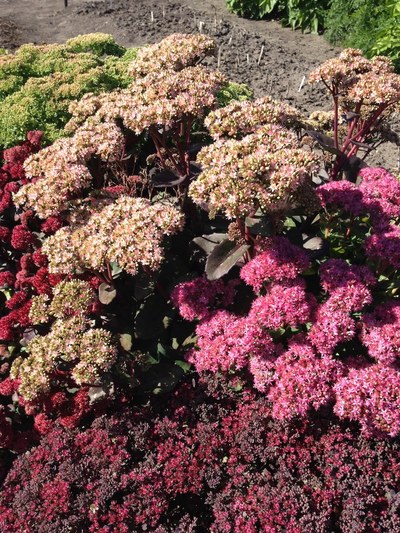
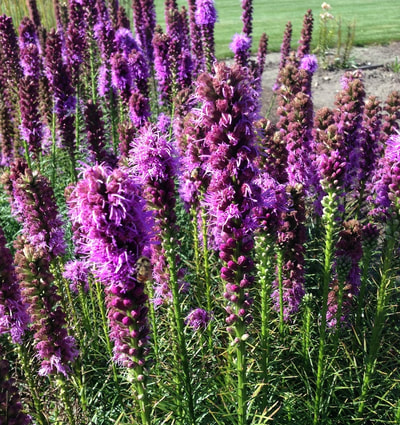
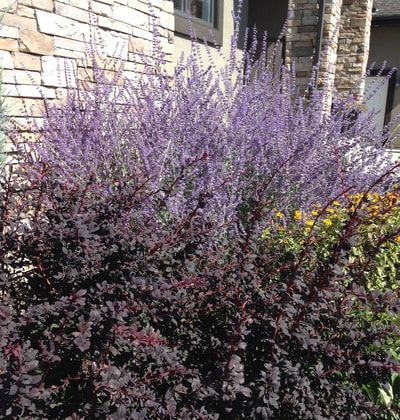
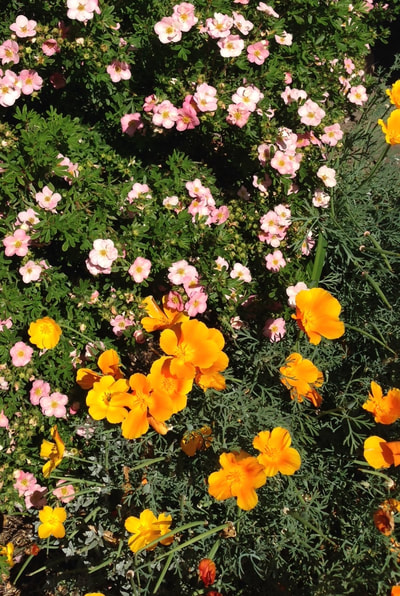
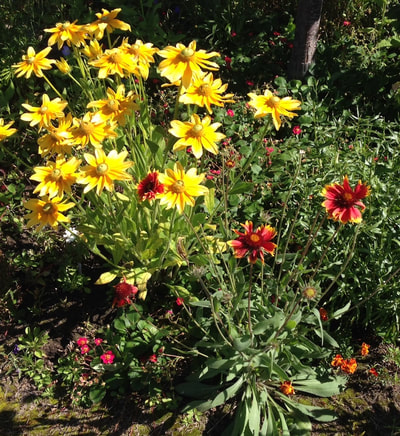
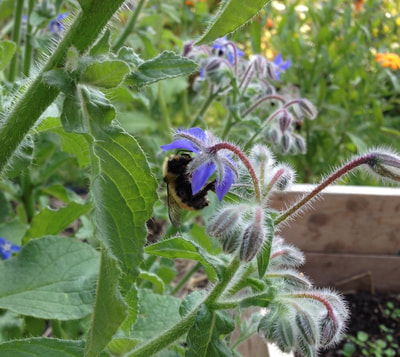
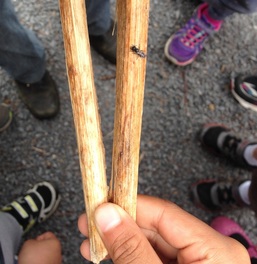
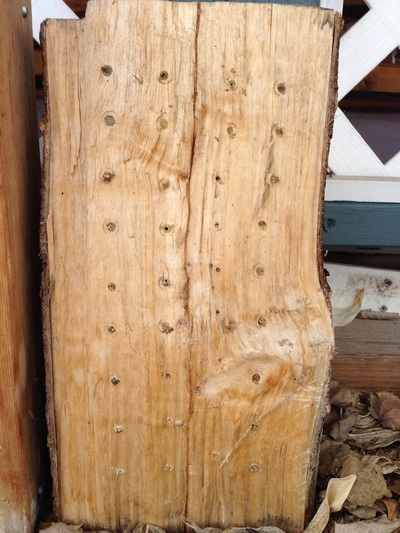

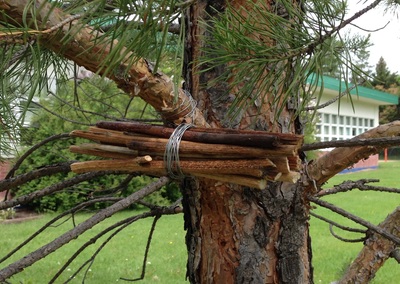
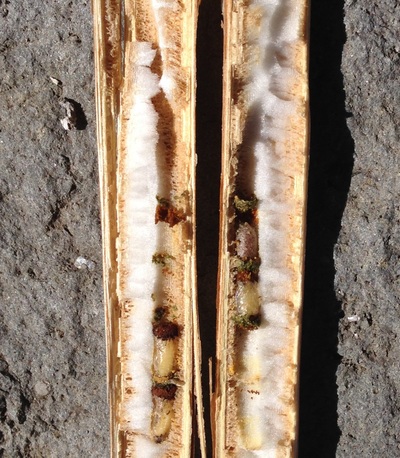
 RSS Feed
RSS Feed